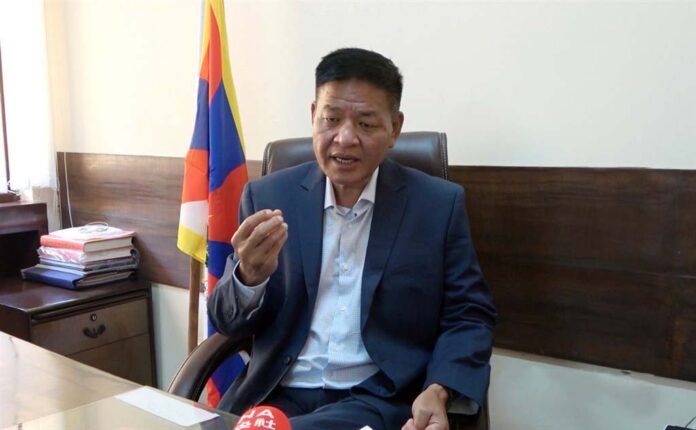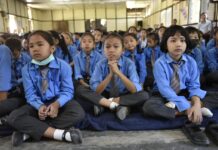(TibetanReview.net, Nov27’21) – Accusing China of implementing a ‘One nation, one party, one language, one culture’ policy in occupied Tibet, Sikyong Penpa Tsering of the Central Tibetan Administration (CTA) has said Nov 26 that Tibetans as a people and culture was being subjected to a slow death.
“Under Xi Jinping, Chinese authorities are less accommodative of different cultures and languages: they promote ‘One nation, one party, one language, one culture’ now,” thehindu.com Nov 26 quoted the Sikyong as saying. It was therefore ever more important for the CTA to promote Tibetan ethnic culture through the diaspora, he has said.
“We want to ask how India can help us sustain our community, especially those settled in Arunachal, Tawang, in Uttarakhand and in Ladakh. We definitely need more steps — a strategy — a firm policy and the means to cater to the needs of people in the border areas,” he has added.
“We hope to send a Representation to the Indian government on the overall situation of Tibetans in India, and challenges we face today,” he has said.
The Sikyong of the CTA has also said the number of people coming from Tibet to India had gone down “drastically” in the last few years. Whereas 2,000-3,000 Tibetans used to visit India every year before 2008, it came down to just five last year and only nine this year, theprint.in Nov 26 cited him as saying,
Calling China’s policy in Tibet genocidal, the Sikyong has told journalists belonging to the Indian Association of Foreign Affairs Correspondents (IAFAC) at the India International Centre, New Delhi, “Genocide in whatever form, whatever speed… We are dying to slow death. In religion also, the number of monks and nuns have come down drastically … There are a lot of restrictions on the movement of monks and nuns because they are considered to be a threat by the (Chinese) government.”
Highlighting that the use and promotion of the Tibetan language was gradually “shrinking” and the rise of Chinese language was increasing in occupied Tibet, theprint.in report cited the Sikyong as saying that while the condition of Tibetans was not as visible as the Uyghurs, “We are dying a slow death”.
Giving rough estimates of Tibetans living outside their Chinese occupied homeland, the Sikyong has said about 75,000 live in India, 10,000 in Nepal. Besides, there are now about 25,000 in the USA, about 10,000 in Canada, and about 20,000 in Europe.






